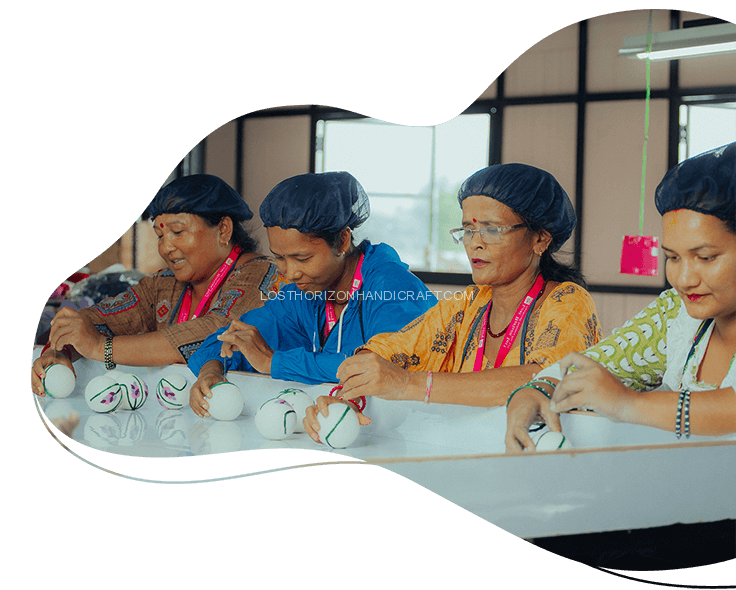Felting is an ancient craft that involves matting, condensing, and pressing wool together to create a textile material called felt. There are two main felting techniques: Needle Felting and Wet Felting. In this article, we will explore the differences and similarities between these two techniques as well as the materials needed, techniques used, pros and cons, and more.
What is Needle Felting?
Needle Felting is a process that involves using a special barbed needle to repeatedly poke wool fibers until they interlock and become compact. This technique is often used to create 3D shapes, such as animals, flowers, and figurines. The materials needed for Needle Felting are wool roving, a felting needle, and a foam pad. The techniques used in Needle Felting include shaping, blending, and detailing. One of the advantages of Needle Felting is that it allows for precise control over the shape and size of the end product. However, Needle Felting can be time-consuming and requires a lot of patience and skill.
What is Water Felting?
Water Felting (Wet Felting) is a technique that involves using hot water, soap, and manual agitation to mesh wool fibers into felt. This technique is often used to create flat or 2D / 3D shapes, such as scarves, hats, and bags. The materials needed for Water Felting are wool roving, hot water, soap, and a surface to work on. The techniques used in Wet Felting include layering, rubbing, and rolling. One of the advantages of Wet Felting is that it allows for the creation of large, sturdy items. However, Wet Felting can be messy and requires a lot of physical effort. MOst of the Water felting product is making cat cave and felt bowl.
Materials Needed for Needle Felting
The materials needed for needle felting are relatively simple and affordable. They include:
- Wool roving or batting
- A felting needle
- A foam pad or brush to work on
Materials Needed for Water Felting
The materials needed for water felting are also relatively simple and affordable. They include:
- Wool roving or batting
- Hot water
- Soap
- A bowl or basin to work in
- A towel or bubble wrap to help with rolling
| Needle Felting | Water Felting (Wet Felting) | |
|---|---|---|
| Definition | A process that involves using a barbed needle to interlock wool fibers, forming a more condensed material. | A method that uses water, soap, and agitation to mat and bind wool fibers together, creating a dense fabric. |
| Materials Needed | Wool roving or batting, felting needles, foam pad or brush mat. | Wool roving or batting, warm soapy water, bubble wrap or bamboo mat, netting or mesh fabric. |
| Technique/Method | The needle is repeatedly stabbed into the wool, which tangles the fibers and creates a firm, sculptural form. | The needle is repeatedly stabbed into the wool, which tangles the fibers and creates a firm, sculptural form. |
| Best For | Detailed work, 3D sculptures, adding details to wet felted items. | Flat pieces like fabric, larger 3D items, seamless hollow forms. |
| Time | Can be quicker for small, simple projects. | Generally more time-consuming due to the drying process. |
| Skill Level | Easier to start with, less physically demanding. | Can be more physically demanding, but still beginner-frien |
| Messiness | Generally cleaner, as it doesn’t involve water or soap. | Can be messier due to the use of water and soap. |
| Versatility | Excellent for creating intricate details and 3D objects. | Great for creating larger pieces and seamless designs. |
| Product Made from this process | Felt Doll, Felt Decorative Ball, Felt Cat Toys, Felt Dog Toys, Felt Embroidery, Felt Bakery, Felt Sculpture and other cute felt items | Laundry Dryer Balls, Felt Cat Cave & Felt Balls |





